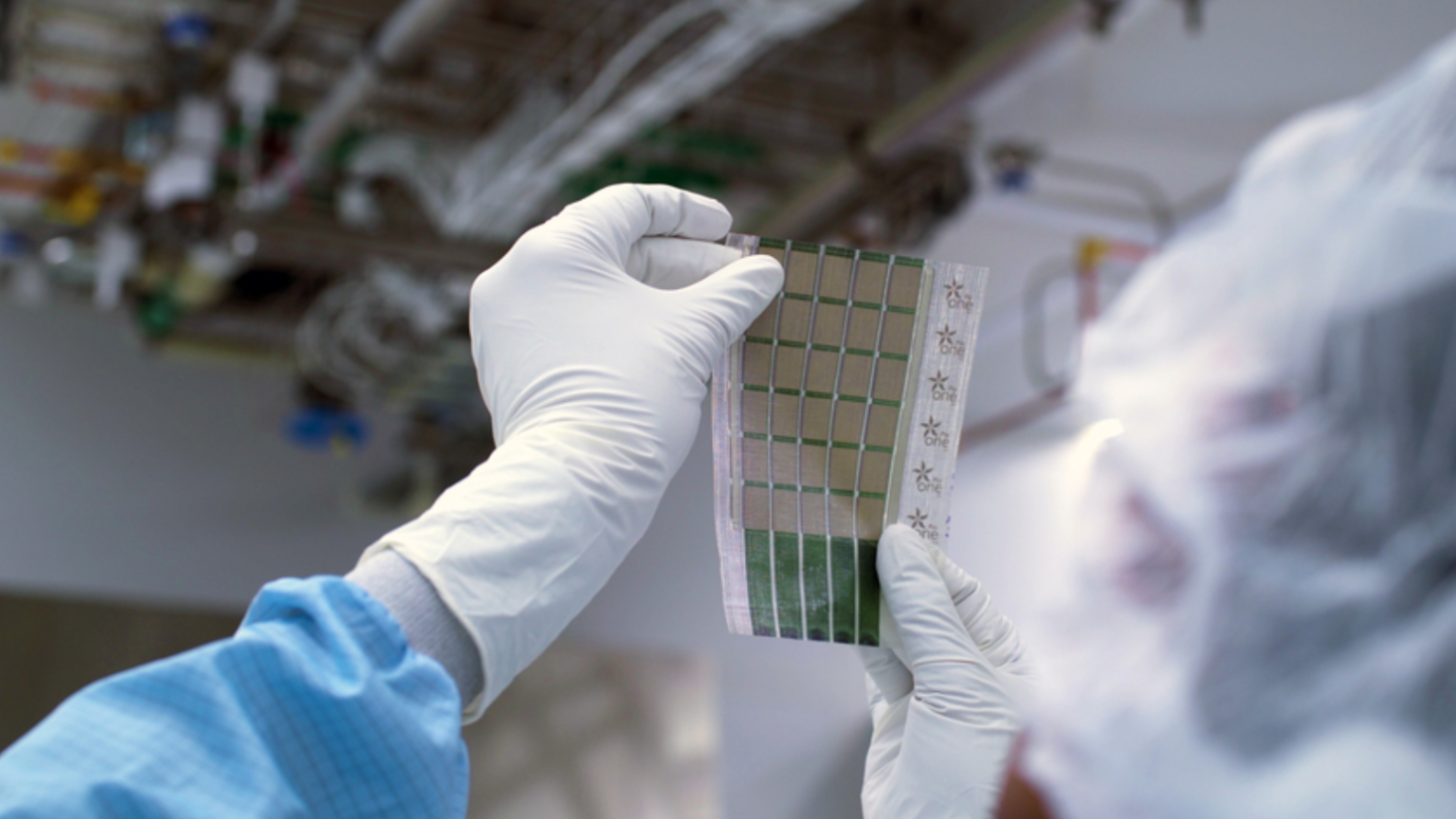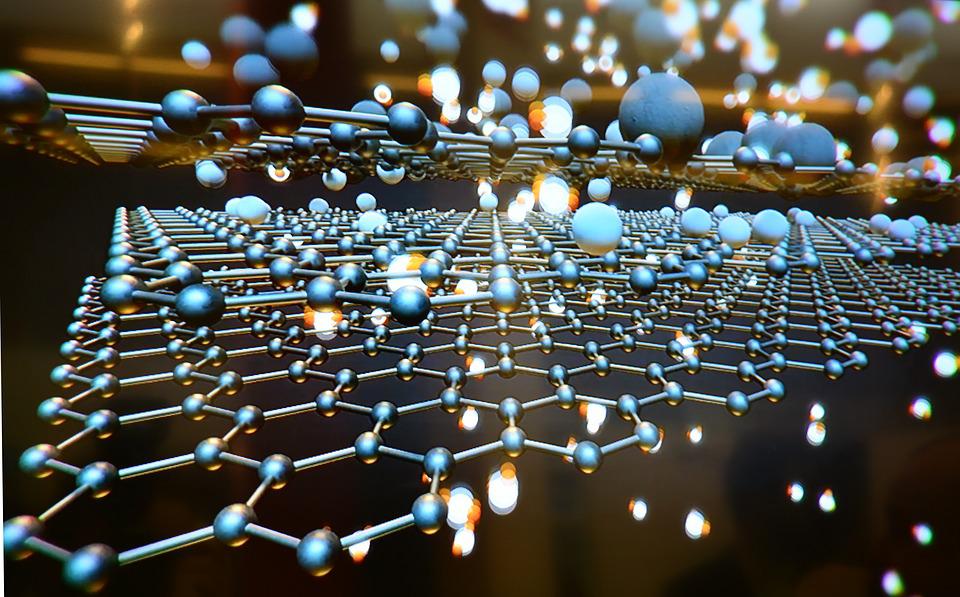Can Nano Breakthrough Revolutionize Solar Power?

What’s the Latest Development?
A new way to extract electrical current from semiconductors may revolutionize solar power, finally making photovoltaic cells an affordable alternative to fossil fuels in the short run. A new method of ‘doping’, a process in which a chemical coating is applied to solar cells in order to extract power from their semiconductors, has been developed by a research group at Lawrence Berkeley National Laboratory and University of California at Berkeley. Using graphene, a one-atom-thick material that is highly conductive, researchers have replaced the usual chemical coating with an electrical field.
What’s the Big Idea?
Because chemical doping works only with silicon semiconductors, designing electrodes to allow an electric field to pass through and dope the semiconductor will allow the semiconductor to be manufactured from far less expensive materials, including metal oxides, sulfides, and phosphides. In addition to graphene, the team also experimented with extremely narrow nanowires to create the electric field. Researchers are optimistic about these discoveries’ abilities to revolutionize solar power because they can be implemented using simple and cost-effective tweaks to current manufacturing processes.
Photo credit: Shutterstock.com





